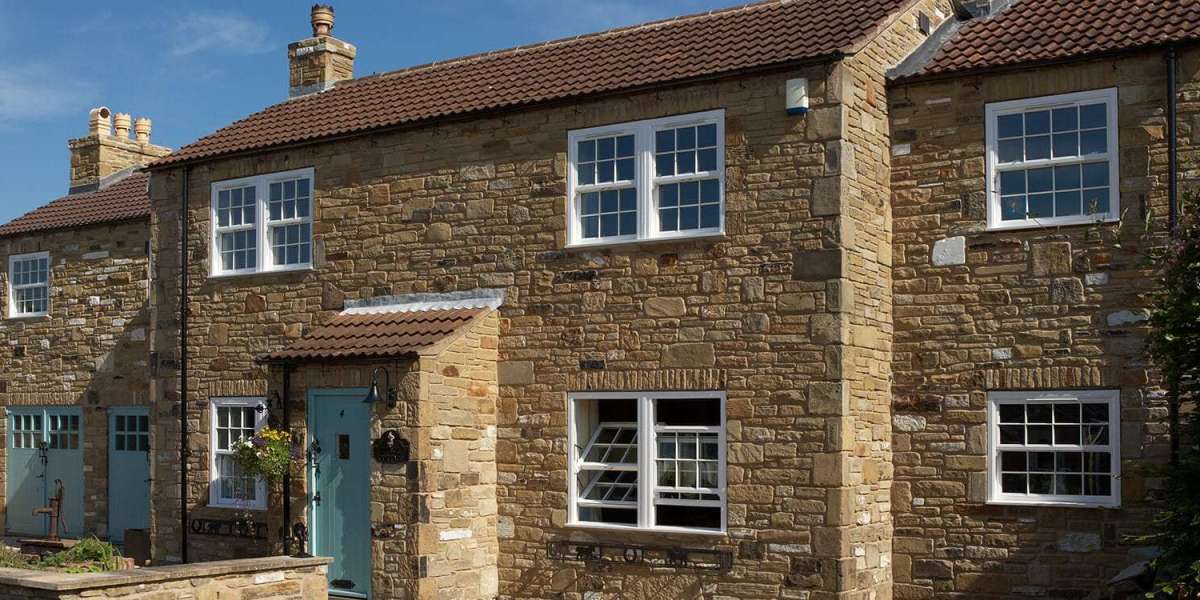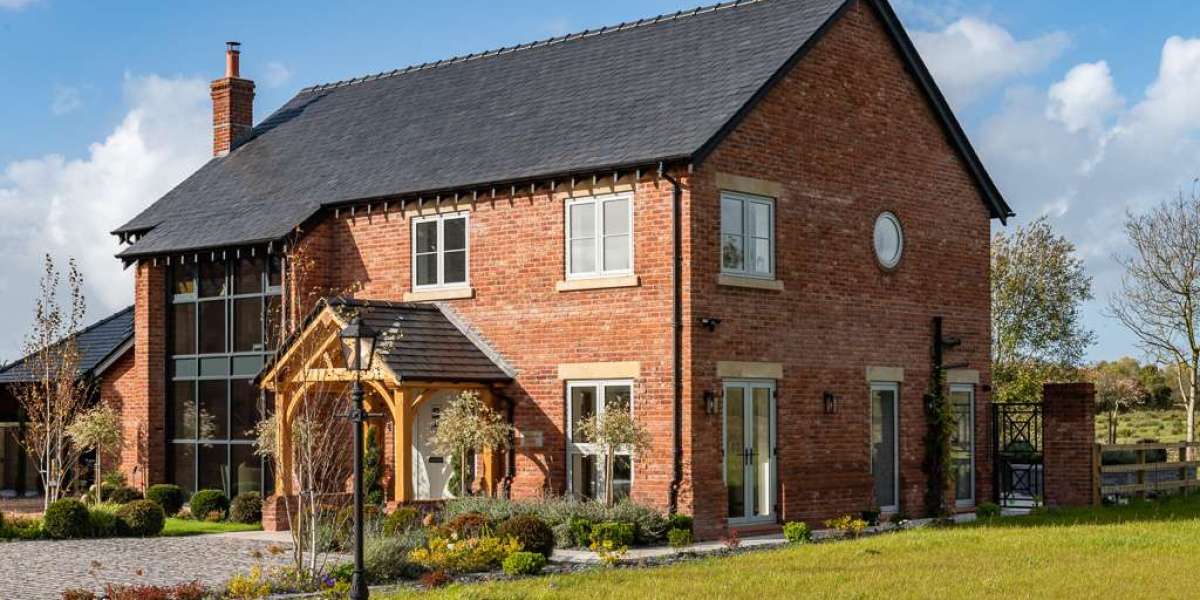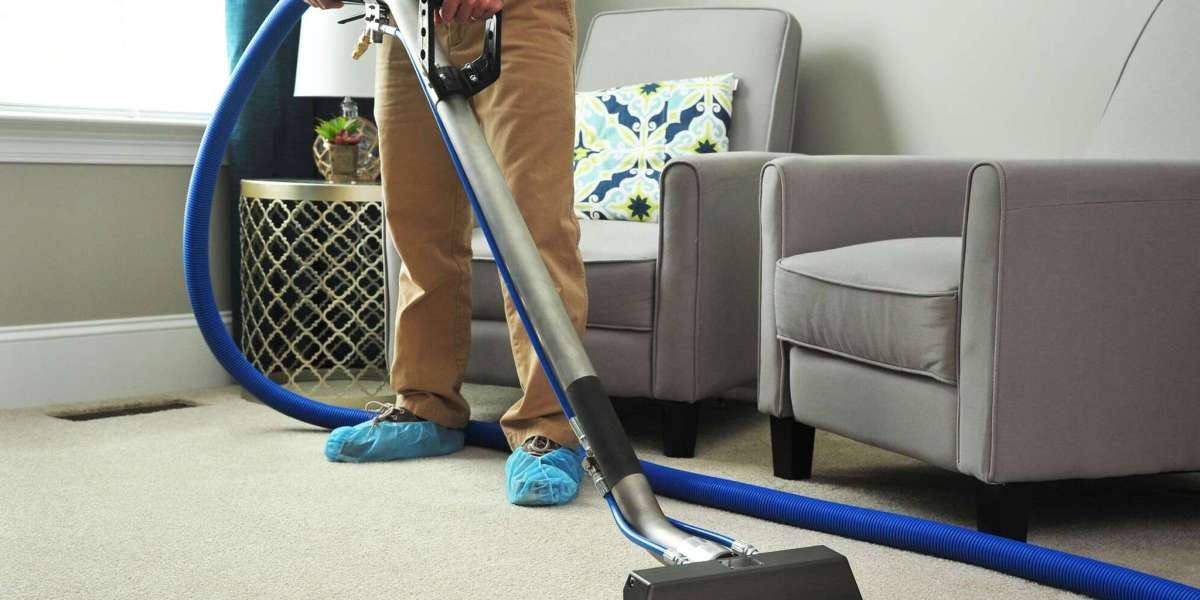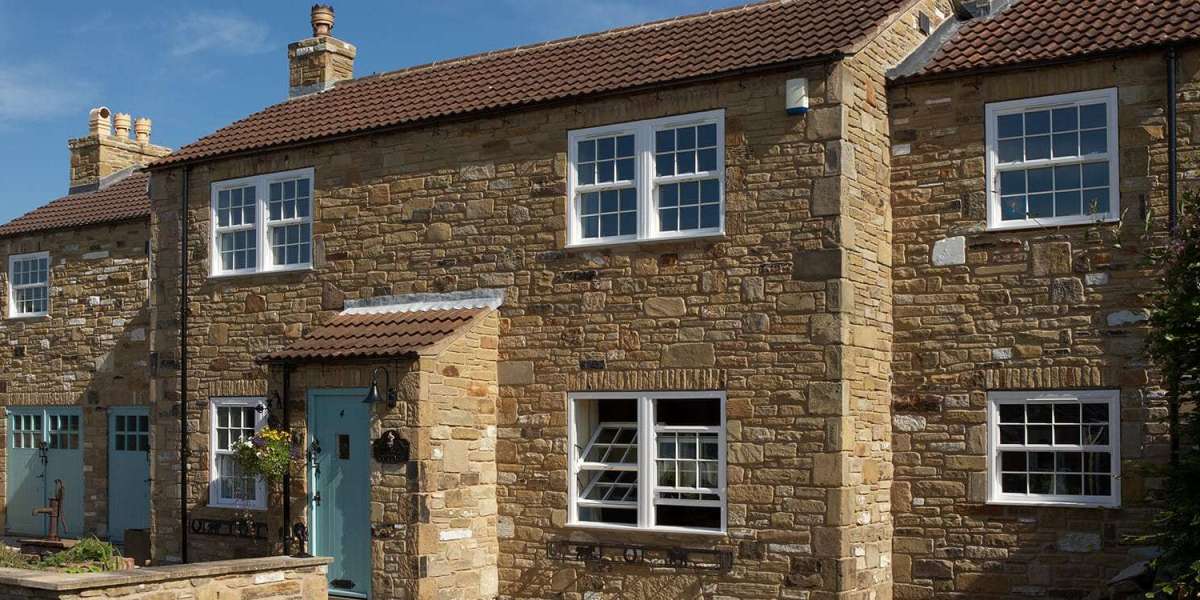In the ever-evolving world of construction and home improvement, window installation has seen significant advancements that not only enhance efficiency but also improve the overall quality of the installation process. As energy efficiency and aesthetic appeal become paramount in modern architecture, innovative technologies and methods have emerged to streamline window installation. This article explores the latest advancements in window installation, focusing on the integration of smart technology and the use of prefabrication techniques.
One of the most notable advancements in window installation is the integration of smart technology. Smart windows, equipped with electrochromic or thermochromic glass, can automatically adjust their tint based on the intensity of sunlight. This not only helps regulate indoor temperatures but also reduces the need for air conditioning, leading to significant energy savings. The installation of these smart windows requires specialized training and tools, allowing for a more precise fit and function. Furthermore, smart windows can be integrated with home automation systems, enabling homeowners to control their window settings remotely through smartphones or voice-activated devices.
The installation process for smart windows is also being transformed by the use of advanced measuring tools. Laser measuring devices and 3D scanning technology allow installers to take accurate measurements of window openings, ensuring a perfect fit for each window. These tools minimize human error, reduce material waste, and enhance the overall quality of the installation. By using these technologies, installers can create a more customized fit for each window, accommodating the unique architectural features of a home.
In addition to smart technology, prefabrication is revolutionizing the window installation process. Prefabricated window units are manufactured in a controlled environment, allowing for greater precision and quality control. These units can be designed to meet specific building codes and energy efficiency standards, ensuring that they perform optimally once installed. The use of prefabricated windows also reduces the time spent on-site during installation, as these units can be quickly and easily fitted into the building's structure.
Another benefit of prefabrication is the reduction of labor costs. With prefabricated windows, installers can complete projects more quickly, allowing them to take on more jobs in a shorter period. This efficiency not only benefits the installers but also translates to cost savings for homeowners. Additionally, the controlled manufacturing environment minimizes the risk of damage to the windows during transport and installation, further enhancing the overall quality of the product.
Moreover, advancements in materials used for window frames and sashes have also contributed to the evolution of window installation. Traditional materials such as wood and aluminum are being replaced or supplemented with high-performance materials like fiberglass and vinyl. These materials offer superior durability, energy efficiency, and low maintenance requirements. For instance, fiberglass frames can withstand extreme temperatures and resist warping, while vinyl frames are resistant to fading and require minimal upkeep. The use of these advanced materials not only improves the longevity of the windows but also simplifies the installation process, as they often come with pre-drilled holes and integrated weather stripping.
Another significant advancement in window installation is the development of improved sealing and insulation techniques. The introduction of advanced sealants and insulation materials has enhanced the energy efficiency of windows, https://blogsubmissionsite.com/blog/details/transform-your-home-with-double-glazed-windows-in-st-albans reducing air leaks and improving thermal performance. Installers now have access to high-performance sealants that can expand and contract with temperature changes, ensuring a tight seal that lasts for years. Additionally, the use of insulating foam and advanced weatherstripping techniques further enhances the energy efficiency of installed windows, contributing to lower energy bills for homeowners.
The training and certification of window installers have also evolved in response to these advancements. Many manufacturers now offer specialized training programs that focus on the installation of smart windows, prefabricated units, and advanced materials. These programs ensure that installers are well-versed in the latest techniques and technologies, providing homeowners with peace of mind that their windows will be installed correctly and efficiently. As a result, the industry is seeing a rise in certified professionals who can deliver high-quality installations that meet modern standards.
Furthermore, the growing emphasis on sustainability in construction has led to the development of eco-friendly window installation practices. Many manufacturers are now producing windows made from recycled materials or using sustainable manufacturing processes. This shift not only benefits the environment but also appeals to homeowners who are increasingly conscious of their carbon footprint. Installers who adopt these eco-friendly practices can differentiate themselves in the market, attracting environmentally-conscious clients.
The rise of online platforms and digital tools has also transformed the window installation industry. Homeowners can now research different window options, compare prices, and even schedule installations online. Virtual consultations and augmented reality tools allow homeowners to visualize how different window styles will look in their homes before making a decision. This accessibility empowers homeowners to make informed choices and enhances the overall customer experience.
In conclusion, the advancements in window installation, driven by smart technology, prefabrication, improved materials, and sustainable practices, are reshaping the industry. These innovations not only enhance the efficiency and quality of installations but also contribute to energy savings and improved aesthetics for homeowners. As the demand for energy-efficient and technologically advanced homes continues to rise, the window installation industry will undoubtedly continue to evolve, offering even more innovative solutions for homeowners and builders alike. Embracing these advancements will not only improve the installation process but also contribute to the creation of more sustainable and energy-efficient living spaces for future generations.








